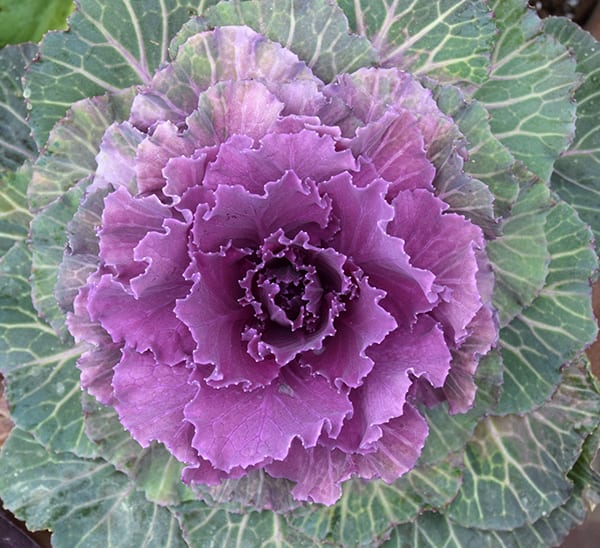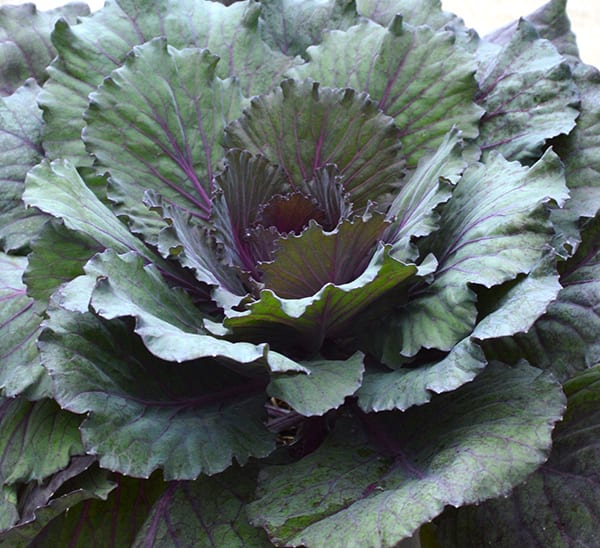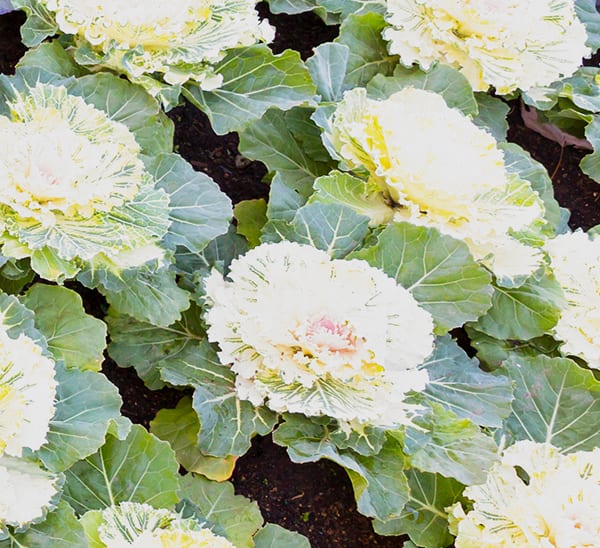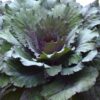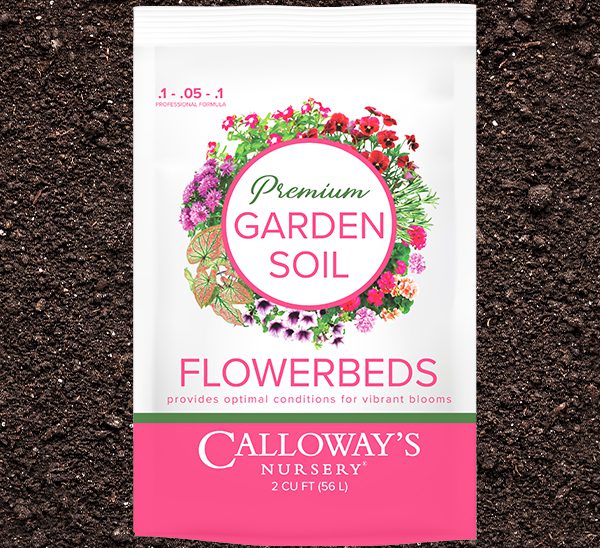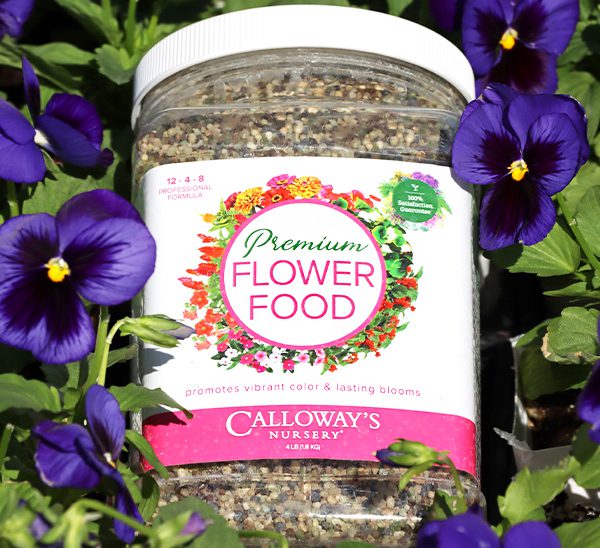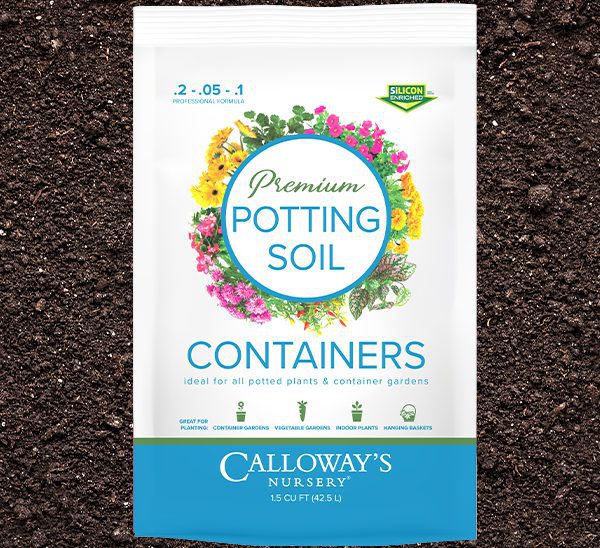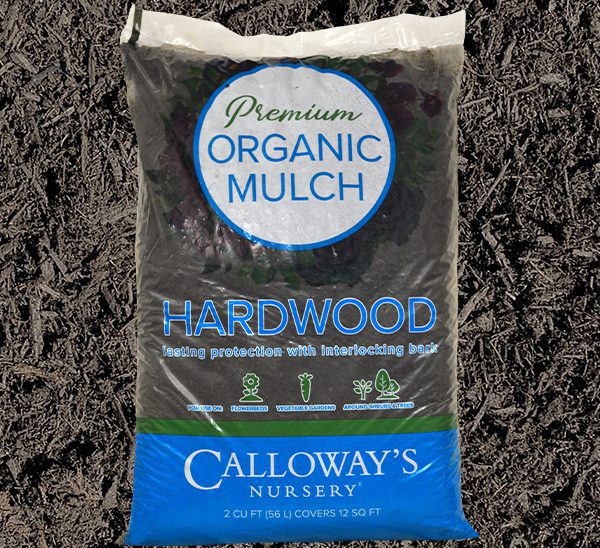Ornamental Cabbage
Ornamental cabbage is a member of the Brassica family, which also includes cabbage, broccoli, and cauliflower. It is a cool-season annual, meaning that it grows best in cool weather. Ornamental cabbage is native to the Mediterranean region, but it is now grown all over the world.
Ornamental cabbage is prized for its colorful leaves. The leaves can be white, pink, purple, or red, and they often have contrasting veins or margins. Ornamental cabbage plants can grow up to 2 feet tall and wide, and they produce a rosette of leaves at the base of the plant.
Ornamental cabbage is relatively easy to grow. It can be planted from seed or transplants. If you are starting from seed, sow the seeds indoors 6-8 weeks before the last frost date. Transplant the seedlings into the garden when they are 2-3 inches tall.
Color may vary from images shown, depending on available store inventory.
Please contact your local store for product availability.
Find a garden center near you.
Species: Brassica oleracea
Plant Height: 15 in.
Spread: 12 in.
Plant Form: Mounding
Summer Foliage Color: Mix
Minimum Sunlight: Part Sun
Maximum Sunlight: Full Sun
Ornamental cabbage is prized for its colorful leaves. The leaves can be white, pink, purple, or red, and they often have contrasting veins or margins. Ornamental cabbage plants can grow up to 2 feet tall and wide, and they produce a rosette of leaves at the base of the plant.
Ornamental cabbage is a member of the Brassica family, which also includes cabbage, broccoli, and cauliflower. It is a cool-season annual that can range in height from 6 inches to 24 inches with proper care. It blooms in the fall and winter, and its leaves come in a wide range of colors, including white, pink, purple, and red.
Ornamental cabbage is relatively easy to grow. It can be planted from seed or transplants. If you are starting from seed, sow the seeds indoors 6-8 weeks before the last frost date. Transplant the seedlings into the garden when they are 2-3 inches tall. They can be planted in a variety of ways in your landscape, such as in borders, beds, containers, hanging baskets, mass plantings, or as a groundcover. It can also be used to create borders around walkways and patios, or planted in rock gardens and other sunny areas of the garden.
